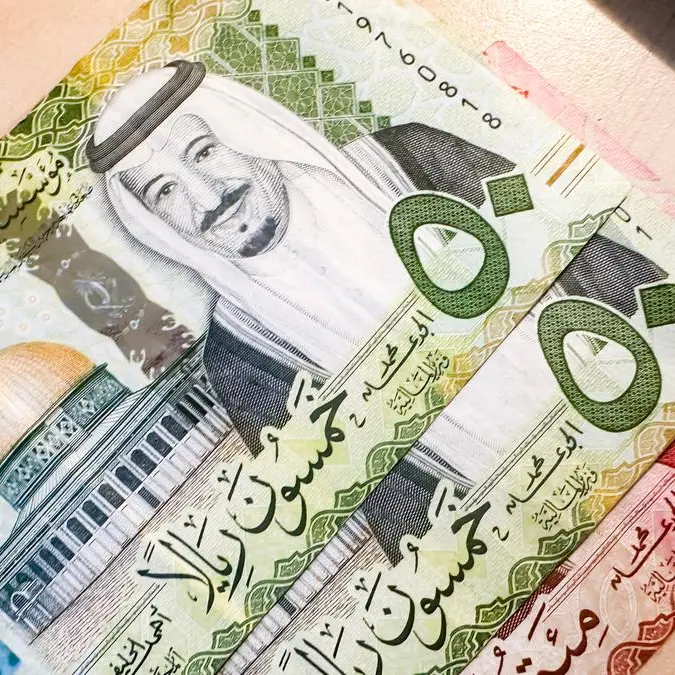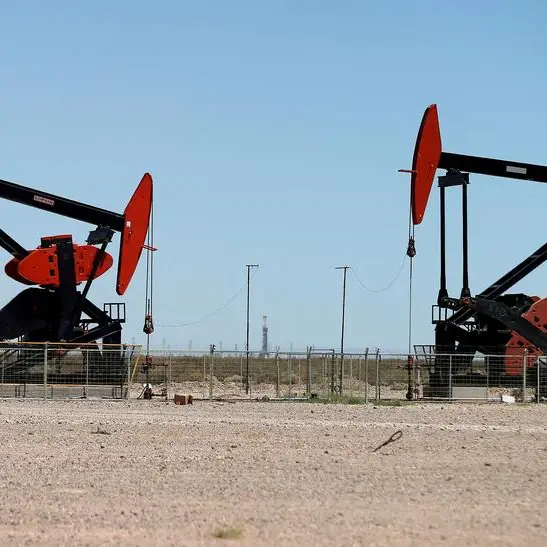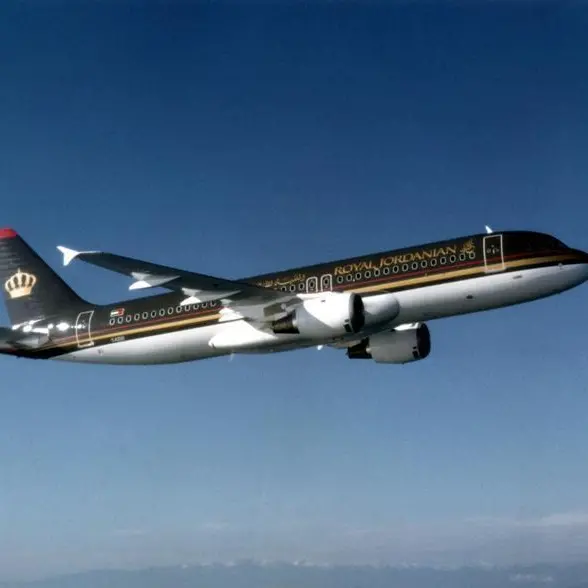Work on all cultural sites along the historic Pearl Route will be completed by the year-end, according to a senior official.
The route is a series of cultural heritage sites inscribed on the Unesco World Heritage List on June 30, 2012.
It consists of three oyster beds, a seashore and 16 architectural properties throughout Muharraq, each relating to an aspect of the pearling economy connected by a visitor pathway.
The pathway includes 18 public spaces on land where old houses previously stood and acknowledge the need for green open spaces.
It also includes three new structures, two visitor centres and a pedestrian bridge linking the shore to the town, as well as an urban design project and façade upgrade of the pathway.
The preservation of traditional buildings included reinstating lost wind towers for natural climate control using materials that matched the originals, such as coral stone reused from demolished structures and wood.
The site is Bahrain’s second World Heritage Site after the Bahrain Fort.
The Bahrain Authority for Culture and Antiquities (Baca) has been working for the past nine years to preserve the 3.5km route.
It will now spend 10 months to restore the fronts of 400 homes and the main architectural properties through a contractor set to step in, according to project director Noura Al Sayeh.
“Every bit of detail matters during restoration work, which is not easy as it has to follow strict Unesco requirements, and this is why it will take us 10 months,” she said.
“Our aim is to finish 100 per cent of the work by the year’s end on restoring the fronts of 400 homes and the main properties.
“National Day celebrations are our target date and there is lot of work to be done for the whole Unesco site to be open for visitors.
“Some attractions have been already completed and are open following a lengthy technical, financial and on-site work.”
Ms Al Sayeh was speaking yesterday following a four-hour media tour, which started by boat from Bahrain National Museum to the Unesco site and back.
“Bahrain has a unique and rich history that makes it attractive even with the devastation caused by Covid-19,” she said.
“Our cultural attractions are of interest and this is reflected through three World Heritage Sites in around 15 years under the leadership of Baca president Shaikha Mai bint Mohammed Al Khalifa.
“We have always given attention to visitors from all across the world coming here and whether recovery from Covid-19 is soon or not, we will continue giving those interested in what’s being offered the cultural privacy through set standards in Muharraq or any cultural site in Bahrain.”
The Pearl Route was first initiated as a series of restoration and reuse projects, highlighting Muharraq’s rich pearling history.
However, it evolved into a comprehensive programme to rebalance the city’s demographic by creating public spaces, providing community and cultural venues and improving the overall environment.
The project involved the preservation of several sites and buildings, from humble divers’ houses to prestigious courtyard residences and commercial warehouses, along with upgrading facades and constructing four new buildings.
The Pearl Route is the second Bahraini site to be inscribed by Unesco, following Bahrain Fort in 2005.
In 2019, they were joined by the Dilmun burial mounds.
The Old Town Manama is vying for World Heritage Site status as it was last month put on a tentative list to be considered for Unesco nomination alongside two other sites – Hawar Islands and the Awali Oil Settlement.
mohammed@gdn.com.bh
© Copyright 2020 www.gdnonline.com
Copyright 2021 Al Hilal Publishing and Marketing Group Provided by SyndiGate Media Inc. (Syndigate.info).






















